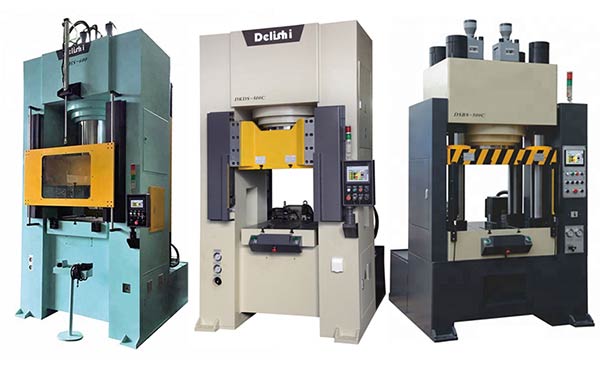In 1648, a French physicist named Blaise Pascal realized that pressure on a confined fluid exerted an equal force in all directions, and those forces could be harnessed. It wasn’t until 1738, when Daniel Bernoulli put this to use by pressurizing water in pumps and mills using the Bernoulli principal. Almost sixty years later, in 1795, Joseph Bramah patented the first hydraulic press in England, paving the way for the industrial revolution to automate things from printing presses, to cranes, to machines for cutting and stamping, and thus automating the manufacturing process.
Over time, it was discovered that water wasn’t the best material for hydraulic pumps and motors, and a non corrosive oil was implemented as a better fluid for hydraulic applications. The use of oil served many purposes aside from it’s non-corrosive properties; It was more dense and could handle higher loads, it was resistant to evaporation, it remained cooler under the high pressure of hydraulic forces. As the use of fluid power evolved, so did hydraulic cylinders with materials, applications, mounting configurations, and internal designs developed even further. Major advancements in the last 75 years have seen hydraulic cylinders at work on cranes, moving heavy objects, building skyscrapers, aircraft control surfaces and landing gear, controlling ships at sea, drilling, mining, and factories controlling machines for manufacturing. Fluid power can provide up to 10 times the power of an electric motor, making it ideal for heavy pushing, pulling, and lifting applications. It can also be precisely controlled, and is safe for those working on or around hydraulic equipment.

Hydraulic power is currently being developed further and further each year. Goodsjack is excited to be revolutionizing this 2000+ year old technology. Our expert team of engineers are working daily to enhance the technology and provide purpose built solutions for our customers.If you need a hydraulic press solution contact us at sale@goodsjack.com.


 +86-769-8306-1993
+86-769-8306-1993
 E-mail
E-mail
